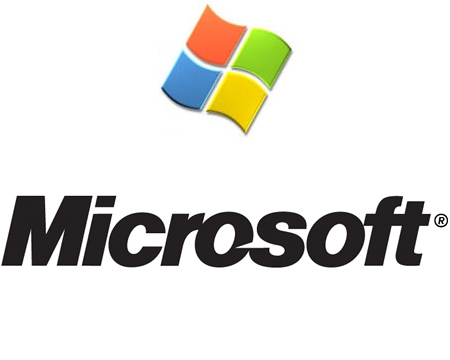Microsoft has come up with this new statistics. It looks like one out of 14 downloads done in a Windows machine is malicious. Now that is interesting. Considering most of the pop-ups want us to download ‘toolbar’ and ‘anti-virus’ softwares to fix our computers.
The media loves to blow everything out of proportion and make sure everyone lives in fear. Now, “1 in 14″ seems to make you feel so vulnerable and scared that you might simply throw a few 100 dollars to buy security software so that you can feel safe.
The reality is that only 7% of downloads are malicious and that makes 93% of all downloads safe.
 Five years ago, it was pretty easy for criminals to sneak their code onto computers. There were plenty of browser bugs, and many users weren’t very good at patching. But since then, the cat-and-mouse game of Internet security has evolved: Browsers have become more secure, and software makers can quickly and automatically push out patches when there’s a known problem.
Five years ago, it was pretty easy for criminals to sneak their code onto computers. There were plenty of browser bugs, and many users weren’t very good at patching. But since then, the cat-and-mouse game of Internet security has evolved: Browsers have become more secure, and software makers can quickly and automatically push out patches when there’s a known problem.
So increasingly, instead of hacking the browsers themselves, the bad guys try to hack the people using them. It’s called social engineering, and it’s a big problem these days. “The attackers have figured out that it’s not that hard to get users to download Trojans,” said Alex Stamos, a founding partner with Isec Partners, a security consultancy that’s often called in to clean up the mess after companies have been hacked.
With Internet Explorer’s new SmartScreen Filter Application Reputation screening, introduced in IE 9, Internet Explorer provides a first line of defense against Trojan horse programs, including Trojans sent in spearphishing attacks.
IE also warns users when they’re being tricked into visiting malicious websites, another way that social-engineering hackers can infect computer users. In the past two years, IE’s SmartScreen has blocked more than 1.5 billion Web and download attacks, according to Jeb Haber, program manager lead for SmartScreen.
Haber agreed that better browser protection is pushing the criminals into social engineering, especially over the past two years. “You’re just seeing an explosion in direct attacks on users with social engineering,” he said. “We were really surprised by the volumes. The volumes have been crazy.”
When the SmartScreen warning pops up to tell users that they’re about to run a potentially harmful program, the odds are between 25 percent and 70 percent that the program will actually be malicious, Haber said. A typical user will only see a couple of these warnings each year, so it’s best to take them very seriously.
 Thfire.com Everyday news that matters
Thfire.com Everyday news that matters 